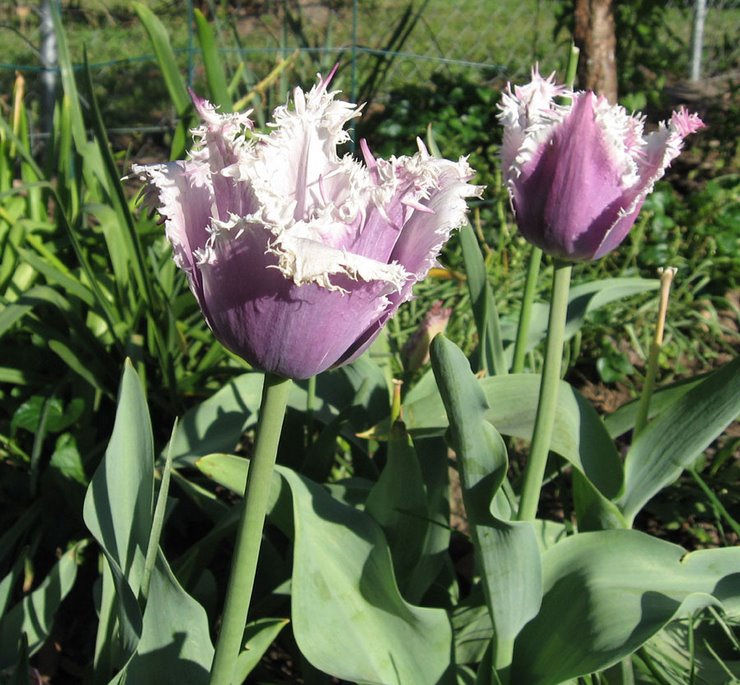Earlier this evening, I was out planting some lettuce and radishes. In the place of a withering cucumber vine, I put in a row of lettuce that I (and my bunnies) will enjoy later this fall. A couple of weeks ago I'd planted beets and bush beans to replace the sweet corn. Succession planting is where as one crop ends, you plant another, and enjoy fresh vegetables up until winter.
It is important to plan these plantings so that your vegetables have time to mature before cold weather comes. Find out what the average first frost date is for your area at this website. Then check the seed package to see how long it takes for seeds to sprout, and then how long to maturity, to plan when to plant. As it gets closer to fall, and the days are shorter, plants will get fewer hours of daylight per day, so they may grow slower. You should add a week or two to allow for this fall slow-down. Some plants are more tolerant of frost and cold, so they can manage longer into the fall than more tender veggies.
Plantings made during the heat of summer will need to be watched carefully, and kept watered so that they don't dry out. It may help to plant seeds deeper than normal to help protect them from drying. I plant about twice the normal depth for July/August plantings. You might also use compost, or a layer of straw as mulch to help keep the soil moist. If you use straw, move it aside as the seedlings sprout so that they can get the light.
Try to plant vegetables that are not the same or closely related to the plants that were in that spot just before, as any insect pests or diseases that remain from the previous planting are more likely to attack your new crop. I try to not put the same plants or family of plants in a spot for 2-3 years, in order to minimize disease and insect problems.
Some vegetables to consider for a fall crop might include beets, broccoli, carrots, cauliflower, kale, radishes, spinach, turnips and lettuce. Root crops like beets and carrots, if they reach maturity before frost, can be left in the ground and harvested as needed on into the winter.
Planning a fall crop is just one part of succession planting, which lets me make the most of a small garden area.

1 comment:
Well, with food prices going up like they are, a lot of us need to be out planting anything we can right now!
Post a Comment